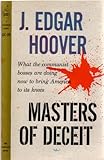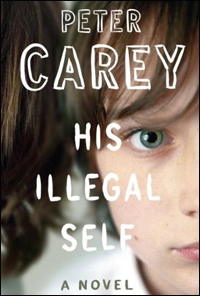Wed. June 18: I’m preempted on KPFK today for the fund drive . . . . but there is more stuff to read, at TheNation.com: my new piece “Warriors for Zion–in California”:
 Columbia and Barnard aren’t the only campuses where right-wing Zionists have fought bitter campaigns in the name of defending Israel and Jewish students. The unlikely site of the latest battle, as intense and angry as anything in Manhattan, is the University of California, Irvine (UCI). I should know–I teach there.
Columbia and Barnard aren’t the only campuses where right-wing Zionists have fought bitter campaigns in the name of defending Israel and Jewish students. The unlikely site of the latest battle, as intense and angry as anything in Manhattan, is the University of California, Irvine (UCI). I should know–I teach there.
While the campaigns at Columbia and Barnard failed to persuade those schools to deny tenure or otherwise penalize faculty members the right-wing Zionists found objectionable, at UCI the professor who occupies the chair in Jewish history, Daniel Schroeter, has decided to leave after being condemned for failing to support the right-wing Jews’ campaign. Thus that campaign has had its first big success–but instead of getting rid of a Palestinian professor, they’ve gotten rid of a Jewish one.
. . . continued at TheNation.com


 B
B
 The mainstream media ask
The mainstream media ask  Ten years ago, Barack Obama went to a lecture by
Ten years ago, Barack Obama went to a lecture by  When New York Times op-ed columnist Maureen Dowd
When New York Times op-ed columnist Maureen Dowd  The fifth anniversary of the start of the Iraq war provides an appropriate moment to revisit Hillary Clintons argument in favor of authorizing Bushs use of force, and to contrast it with the case made at the time by Bushs opponents.
The fifth anniversary of the start of the Iraq war provides an appropriate moment to revisit Hillary Clintons argument in favor of authorizing Bushs use of force, and to contrast it with the case made at the time by Bushs opponents.